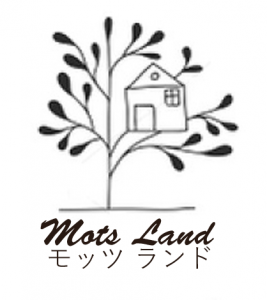第27,28回 航海日誌を英訳しよう 27,28th Let’s translate LOGBOOK into English

2021年3月13日より、開始時間を10時に変更します。弓削海の駅舎またはZoomから、お気軽にご参加ください!
https://us04web.zoom.us/j/78481846472?pwd=M0p1VmtwYjJoaC9Eb2RuaU9KQmRhZz09
ミーティングID: 784 8184 6472 パスコード: X8G084
2021年2月27日, 3月6日
Today's story was about South American route in the back side of Japan. Some of the anchorage site are those I have heard somewhere, but most of them are less familiar with me.
日本の裏側、南米航路のお話。寄港地のいくつかは聞いたことがありましたが、ほとんどはなじみがありませんでした。
We learned about "vessel capsize" today. Theoretically, heavy cargo should be loaded at bottom of the vessel, but the load depending on the order of the anchorage site does not always follow the order, such as light load after heavy load. So first officer calculate the ship stability repeatedly to decide the place to load. Now I understand why such a big ship is capsized though I have thought it must be simple to avoid it.
今日は「船の転覆」について学びました。理論的には、重い荷物は船の底のほうに置くべきなのですが、寄港地の順によって決まる積み荷は、いつも重い荷物のあとに軽い荷物というわけにはいきません。そこで一等航海士は船の復原性の計算を繰り返して積み荷の場所を慎重に決めるのだそうです。大型船が転覆を避けるのは簡単なことと思っていたけれど、大型船が転覆する理由がこれでわかりました。
Reference
https://www.kaijipr.or.jp/mamejiten/fune/fune_15.html
http://www.shikokudock.co.jp/faq/faq2.html
翻訳例

単語帳



